上海8号桥-股权转让卖壳

2023年9月8日发(作者:程衷素)
广州名胜古迹英文名称
陈家祠(陈氏书院)Ancestral Temple of the Chen Family(Chen Clan Academy
Temple)
六榕寺Six Banyan Temple/Liurong Temple
黄花岗烈士陵园Huanghuagang Cemetery/Huanghuagang Park(The Tomb of 72
Revolutionary Martyrs at
Huanghuagang)
镇海楼The Zhenhai Tower
越秀公园Yuexiu Park
五羊雕像The Five—Ram Sculpture
中山纪念堂The Memorial Hall of Dr.Sun Yat-sen
西汉南越王墓The Tomb of Western Han Nanyue King
三元宫Sanyuan Palace
越王井The Yuewang Well
兰圃Lanpu Park
流花湖Liuhua Lake
五仙观Wuxian Temple
光孝寺Guangxiao Temple
怀圣寺Huaisheng Mosque
北京路Beijing Road
陈家祠Chen Clan Academy Temple
上下九步行街Shangxiajiu Pedestrian Street
华林寺Hualin Temple
华林玉器街Hualin Jadeware Street
荔湾博物馆The Liwan Museum
白云山Baiyun Mountain
云台花园Yuntai Garden
广州雕塑公园Guangzhou Sculpture Park
广州体育馆The Guangzhou Gymnasium
三元里人民抗英斗争博物馆The Sanyuanli Anti—British Invasion Museum
华南植物园South China Botanical Garden
农民运动讲习所The Former Site of the National Peasant Movement Institution
广东省博物馆The Guangdong Provincial Museum
莲花山Lianhua Mountain
宝墨园Baomo Garden
余荫园Yuyin Garden
长隆夜间野生动物园Changlong Night Zoo
南沙天后宫The Nansha Tianhou Palace
孙中山大元帅府纪念馆The Sun Yet-sen's Generalissimo Mansion
海幢寺Haizhuang Temple
瀛洲生态公园Yingzhou Ecological Park
芙蓉嶂旅游度假区The Furongzhang Holiday Resod
盘古皇庙Panguhuang Temple
洪秀全纪念馆The Memorial Museum of Hong Xiuquan
花都广场Huadu Square
珠江沿岸景观The Landscapes along the Zhujiang River
珠江航游The Zhuiiang River Cruise
沙面岛Shamian Island
南方大厦The Nanfang Mansion
爱群大厦The Aiqun Mansion
海珠广场Haizhu Plaza
中秋节The Mid-Autumn Day
Guangzhou History. from googleearth
It is believed that the first city built at the site of Guangzhou was Panyu (蕃禺, later si
mplifed to 番禺; the locals pronounced this in Cantonese as Poon Yu) founded in 214 B
C. The city has been continuously occupied since that time. Panyu was expanded when
it became the capital of the Nanyue Kingdom (南越) in 206 BC.
Recent archaeological founding of her palace suggests that the city might have traded f
requently with foreigners by the sea routes. The foreign trade continued through every
following dynasty and the city remains a major international trading port to this day.
The Han Dynasty annexed Nanyue in 111 BC, and Panyu became a provincial capital a
nd remains so until this day. In 226 AD, the city became the seat of the Guang Prefec
ture (廣州; Guangzhou). Therefore, 'Guangzhou' was the name of the prefecture, not of
the city. However, people grew accustomed to calling the city Guangzhou, instead of P
anyu.
Although the Chinese name of Guangzhou replaced Panyu as the name of the walled ci
ty, Panyu was still the name of the area surrounding the walled city until the end of Qi
ng era.
Arabs and Persians sacked Guangzhou (known to them as Sin-Kalan) in AD 758, 2 acc
ording to a local Guangzhou government report on October 30, 758, which corresponde
d to the day of Guisi (癸巳) of the ninth lunar month in the first year of the Qianyuan
era of Emperor Suzong of the Tang Dynasty.[1][2][3]
During the Northern Song Dynasty, a celebrated poet called Su Shi visited Guangzhou's
Baozhuangyan Temple and wrote the inscription 'Liu Rong' (Six Banyan Trees) becaus
e of the six banyan trees he saw there. It has since been called the Temple of the Six
Banyan Trees.
The Portuguese were the first Europeans to arrive to the city by sea, obtaining the mo
nopoly for external trade with its harbour by 1511. They were later expelled from their
settlements in Guangzhou (in Portuguese Canton or Cantao), but instead granted use
of Macao (first occupied in 1511) as a trade base with the city in 1557. They would ke
ep a near monopoly of foreign trade in the region until the arrival of the Dutch in the
early XVII century.
After China brought Taiwan under its control in 1683, the Qing government became op
en to encouraging foreign trade. Guangzhou quickly emerged as one of the most adapt
able ports for negotiating commerce and before long, many foreign ships were going th
ere to procure cargos. Portuguese in Macao, Spanish in Manila, and Armenians and Mu
slims from India were already actively trading in the port by the 1690s, when the Fren
ch and English East India companies' ships began frequenting the port. Other companie
s were soon to follow: the Ostend General India Company in 1717; Dutch East India C
ompany in 1729; the first Danish ship in 1731, which was followed by a Danish Asiatic
Company ship in 1734; the Swedish East India Company in 1732; followed by an occa
sional Prussian and Trieste Company ship; the Americans in 1784; and the first ships f
rom Australia in 1788. By the middle of the 18th century, Guangzhou had emerged as
one of the world's great trading ports, which was a distinction it maintained until the o
utbreak of the Opium War in 1839 and the opening of other ports in China in 1842.
Guangzhou was one of the five Chinese treaty ports opened by the Treaty of Nanking
(signed in 1842) at the end of the First Opium War between Britain and China. The ot
her ports were Fuzhou, Xiamen, Ningbo, and Shanghai.
In 1918, 'Guangzhou' became the official name of the city, when an urban council was
established in it. Panyu became a county's name south of Guangzhou. In both 1930 a
nd 1953, Guangzhou was promoted to the status of a Municipality, but each promotion
was cancelled within the year.
Japanese troops occupied Guangzhou from 1938-10-12 to 1945-09-16.
Communist forces entered the city on October 14, 1949. Their urban renewal projects i
mproved the lives of many residents. New housing on the shores of the Pearl River pro
vided homes for the poor boat people. Reforms by Deng Xiaoping, who came to power
in the late 1970s, led to rapid economic growth due to the city's close proximity to H
ong Kong and access to the Pearl River.
As labor costs increased in Hong Kong, manufacturers opened new plants in the cities
of Guangdong including Guangzhou. As the largest city in one of China's wealthiest pro
vinces, Guangzhou attracts farmers from the countryside looking for factory work. Cant
onese links to overseas Chinese and beneficial tax reforms of the 1990s have aided th
e city's rapid growth.
In 2000, Huadu and Panyu were merged into Guangzhou as districts, and Conghua and
Zengcheng became county-level cities of Guangzhou.
华丰实木家具-艺术品投资靠谱吗
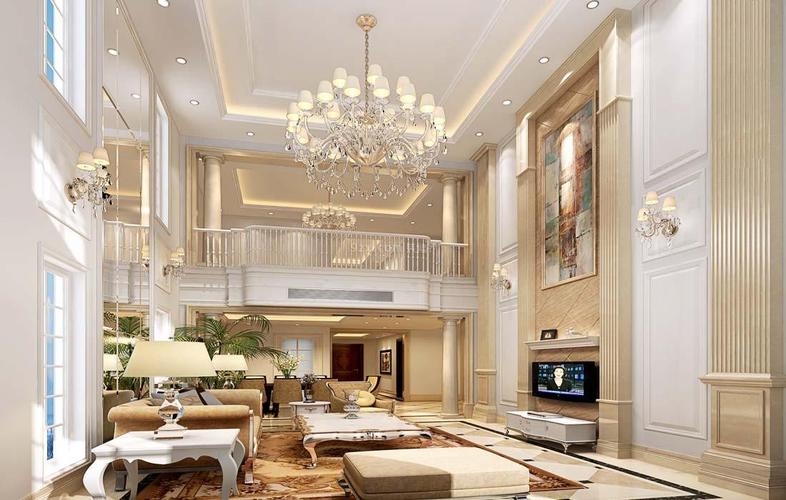
更多推荐
海珠广场



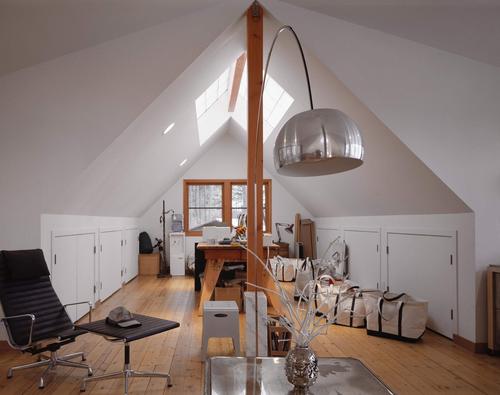
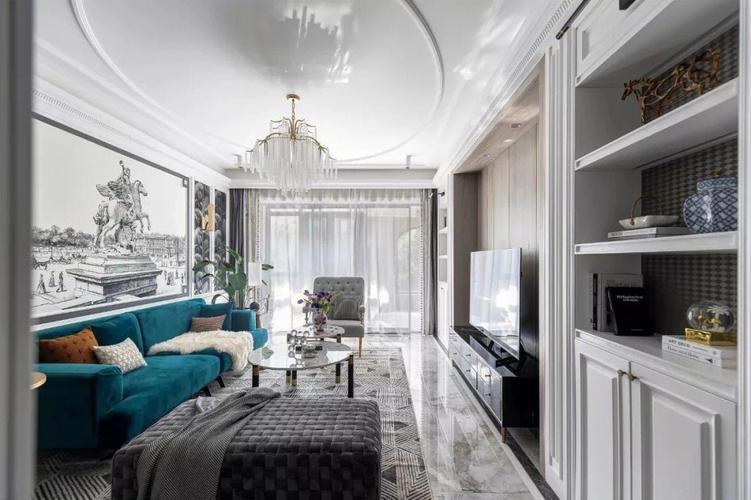
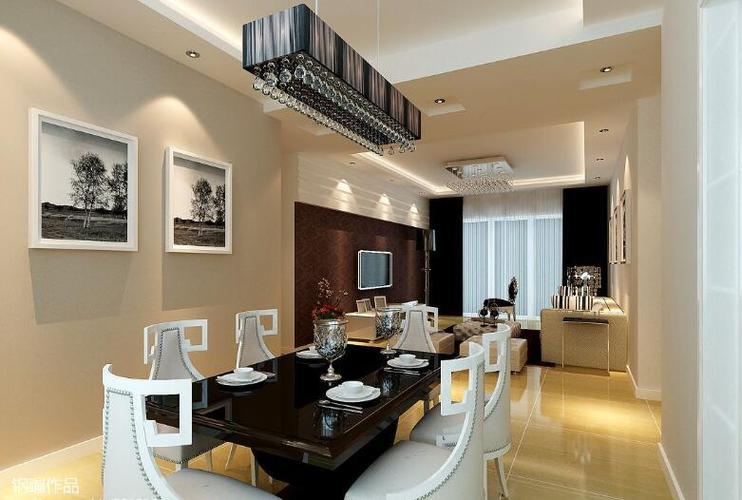
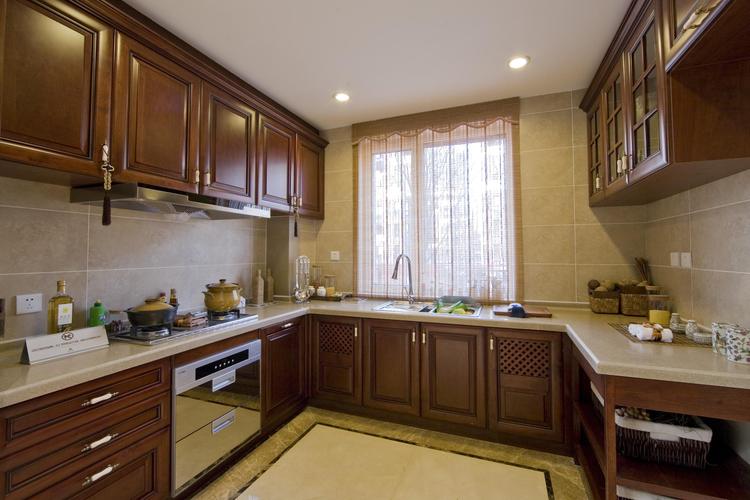
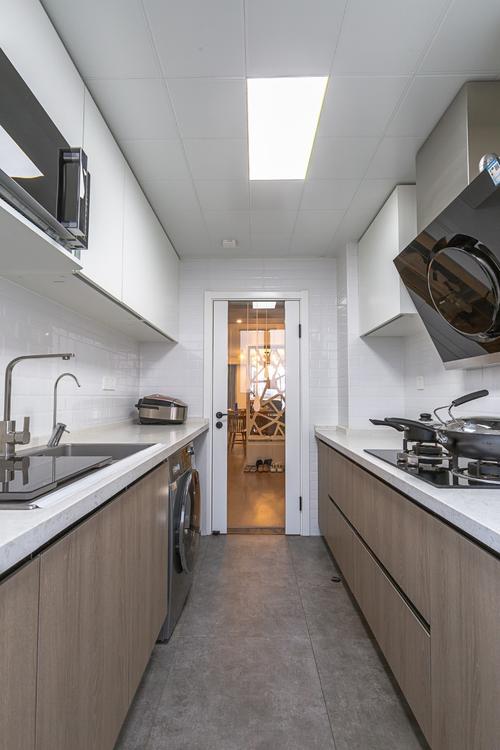
发布评论